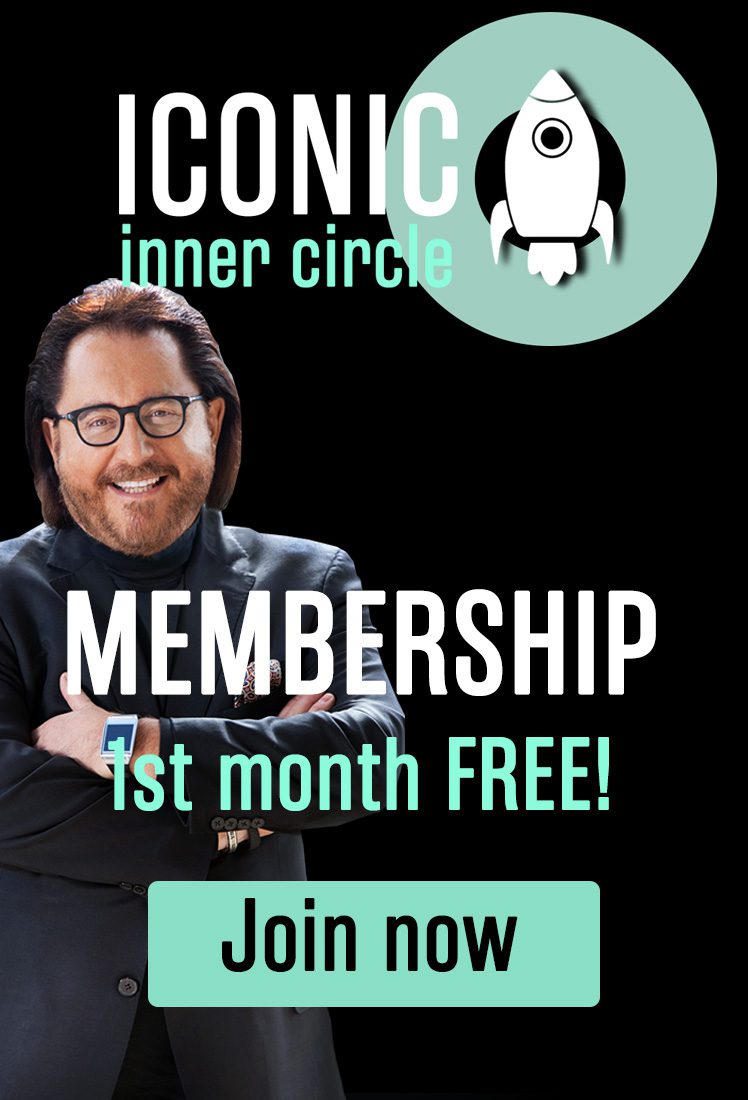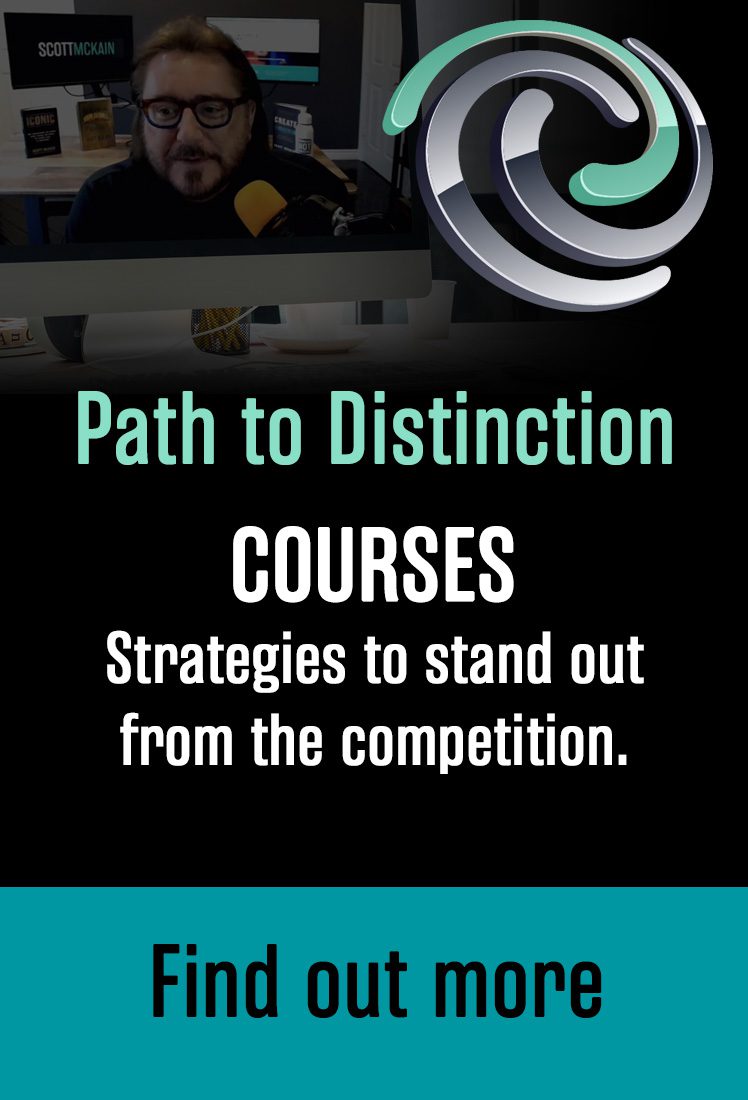Every business has a story to tell, and yours is no different. What sets your story apart from the rest makes it engaging and distinctive. Customers seek a reason to connect with your business, your story must be one they can’t resist.
For a decade, I had the most incredible “side hustle” one could imagine. I was a nationally syndicated movie reviewer. When movies were a couple of weeks away from their release, the studios frequently invited me to participate in what they called their “junkets.” Typically, I would fly to New York or Los Angeles on a Friday, see the new movie before its public release, then spend Saturday interviewing the film’s stars, director, and screenwriter.
My work as a movie reviewer allowed me to interview famous actors from Meryl Streep to Tom Hanks, John Travolta to Faye Dunaway, and Samuel L. Jackson to Bruce Willis.
What I learned is the principles that made for a box office smash were also the precise aspects that every business and professional needed to discover to stand out and earn more. They make up the exact steps required to create distinction.
The steps are easy to remember and are often based on the acronym, S.T.O.R.Y.
- S – Select your subject (What do you want to be known for?)
- T – Target your audience (Who needs and wants to know your story?)
- O – Outline the content (What details will you share?)
- R – Record your story (How will you tell it?)
- Y – Your story’s finish line (What’s the point of sharing your story?)
Answering these questions is the key to discovering what makes your story distinctive and engaging. It’s also how to clarify what you want to be known for professionally or in business. You can use these principles to storytelling in a way that not only educates but also entertains, engages, and inspires your audience.
When you understand the elements of what makes for a great story, you can begin to see how it can be applied to business and professional situations. It starts with knowing the steps required to create a narrative that captivates an audience and showing them how to apply your story’s principles in business and life. Here are a few examples:
- S – Select your subject: In business, this could be choosing what it is you want to be known for. Are you the go-to person for your organization’s product or service? Do you have a unique perspective or method that you can share with others? The First Cornerstone of Distinction is CLARITY. When you’re precise about your subject, you’ve made progress towards achieving the first rung on the distinction ladder.
- T – Target your audience: This is identifying your target market or ideal client in business. Who are they, and what do they need or want to know? Again, by being precise and clear on who our audience is, we move towards distinction in our story.
- O – Outline the content: In business, this is determining what details you will share in your story. What information will be most helpful or interesting to your audience? How will you present a story that shows the characters of your narrative overcoming a conflict that your audience will find compelling?
- R – Record your story: In business, this is deciding how you will deliver your story to your target audience. Will you write a blog post, give a presentation, post it on social media, or create a video?
- Y – Your story’s finish line: In business, this is the primary purpose of sharing your story. What do you hope to achieve by telling it? Are you looking to educate, entertain, engage, or inspire your audience? Is your story (as Jim Rohn used to say) an example of what to do…or a warning of what must be avoided? Either way, the story’s conclusion must drive your audience to want to take action that benefits you and your organization.
Telling your story in a way that resonates with your audience is essential to success in business. By understanding what makes for a great story, you can ensure that yours captivates and engages your target market. Your story makes you unique, so use it to your advantage to engage potential customers by sharing what makes your business exceptional. If you can capture their attention, you’ll be well on your way to making a lasting impression of distinction.
It’s been my privilege to help professionals and organizations discover how to craft and tell their “Distinctive Story.” I’d love to assist you in this process, as well. Contact us on LinkedIn – or respond to this email – for more information and to start on your journey to captivate customers and prospects.



